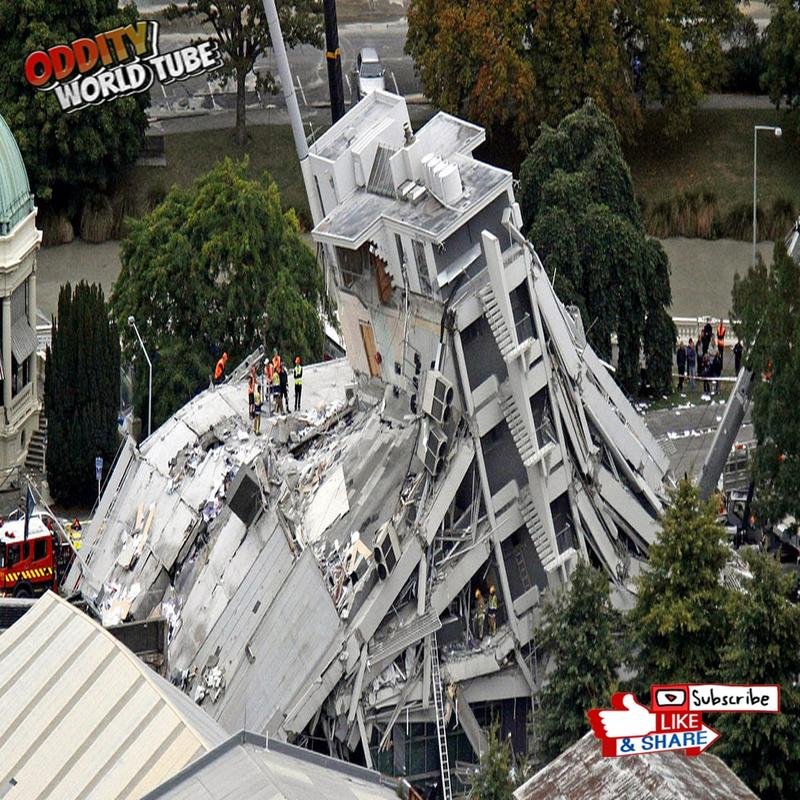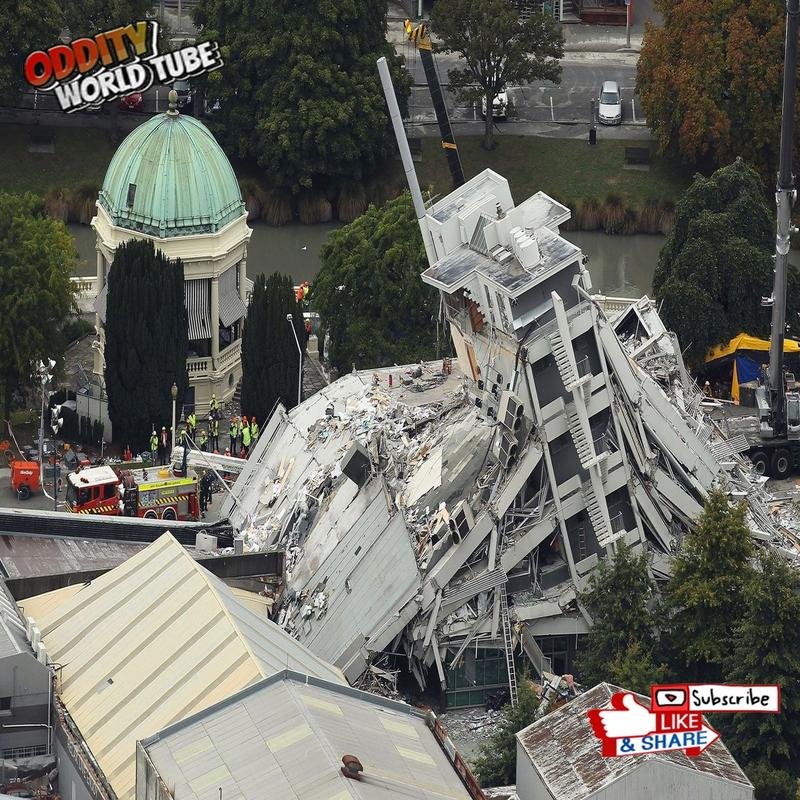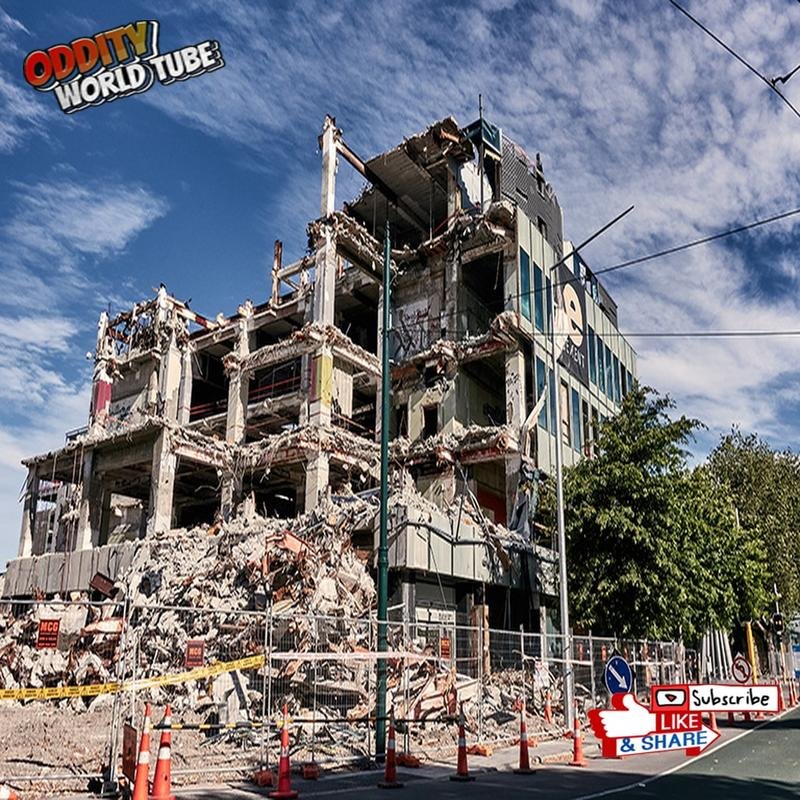The Christchurch Earthquake: Unraveling the Destruction and New Interpretations. #NewZealand #Earthquakes #Christchurch

Christchurch Earthquake 2011: Damage & Impact
On February 22, 2011, a devastating earthquake struck Christchurch, New Zealand, causing widespread destruction and substantial loss of life. This catastrophic event, resulting in 185 fatalities, underscored the vulnerability of urban infrastructure to seismic activity and prompted critical reassessment of disaster preparedness and response strategies.
The Earthquake’s Impact
The 6.3 magnitude earthquake, shallowly located approximately 10 kilometers southeast of the city center at a depth of only 5 kilometers, significantly amplified the damage. Despite being less powerful than the September 2010 earthquake in the region, its hypocenter and geological context resulted in greater vertical and horizontal ground acceleration, leading to more severe destruction.
Liquefaction and Building Collapse
The earthquake triggered liquefaction, a phenomenon where soil loses strength and stiffness, behaving as a quicksand-like substance. This caused building subsidence and tilting, resulting in extensive road and land fracturing, exacerbating the damage. Liquefaction also compromised water and sewage systems, impacting public health and hindering relief efforts. Numerous buildings in central Christchurch collapsed, including the Canterbury Television (CTV) building, resulting in 115 fatalities. The historic Christchurch Anglican Cathedral sustained severe damage, losing its iconic spire and substantial portions of its structure. These collapses necessitated complex and hazardous rescue operations, with emergency responders working tirelessly to extract survivors from the rubble.
Infrastructure Damage and Relief Efforts
The earthquake severely impacted critical infrastructure, including roads, bridges, and power and communication networks. Water and electricity services were disrupted for thousands of residences and businesses, hindering access to essential supplies. Damage to transportation infrastructure hampered relief efforts and the delivery of aid. Following the earthquake, the New Zealand government declared a national state of emergency, deploying the military to support relief and security operations. New Zealand received significant international assistance, including search and rescue teams and substantial financial and material aid. Temporary shelters were established for displaced residents, and essential provisions of food, water, and medical care were provided.
Reconstruction and Long-Term Effects
Reconstruction in Christchurch commenced shortly after the earthquake but proved a lengthy and complex undertaking. Many damaged buildings were demolished, and new, seismically resilient structures were constructed. Damaged infrastructure was repaired and upgraded. However, the city continues to contend with the earthquake’s lingering effects, and many residents experience ongoing trauma and loss. A 2012 study revealed that approximately 40% of Christchurch residents exhibited symptoms of Post-Traumatic Stress Disorder (PTSD), highlighting the profound psychological impact of the disaster and underscoring the need for comprehensive psychosocial support. The study further indicated that children and young people were particularly vulnerable, emphasizing the need for specialized support programs.
Lessons Learned and Future Preparedness
The Christchurch earthquake led to significant revisions of New Zealand’s building codes and safety regulations. Building standards were strengthened to enhance the seismic resilience of new constructions. Early warning systems and disaster response mechanisms were also improved. These changes aim to mitigate damage and loss of life in future seismic events. The earthquake also fostered increased awareness of the importance of individual and community disaster preparedness. Residents were encouraged to prepare emergency kits and develop evacuation plans. Training programs were implemented to educate the public on earthquake response and other disaster preparedness measures. This heightened awareness aims to empower individuals and families to protect themselves during catastrophes.
Economic and Societal Impact
The Christchurch earthquake resulted in substantial economic losses, with direct and indirect damages estimated at approximately NZ$40 billion, encompassing damage to buildings and infrastructure, business interruption, and reconstruction costs. The Christchurch earthquake significantly impacted the New Zealand economy, requiring years for recovery. The disaster prompted a comprehensive review of seismic risk assessment in New Zealand. Subsequent studies revealed that the Christchurch region possessed greater seismic vulnerability than previously understood. Seismic hazard maps were updated to reflect this new information, and building codes and safety regulations were adjusted accordingly. These updated assessments aim to provide more accurate seismic risk information, enabling informed decision-making regarding planning and development.
International Cooperation and Recovery
The response to the Christchurch earthquake demonstrated the importance of international cooperation in disaster response. New Zealand received assistance from numerous countries, including search and rescue teams and financial and material aid. This international collaboration accelerated relief and reconstruction efforts and showcased global solidarity. More than a decade after the earthquake, Christchurch remains a city undergoing recovery and rebuilding. New and modern buildings have been constructed in the city center, and many historical buildings have been restored. However, visible reminders of the earthquake persist, and many residents continue to experience its psychological and social effects. Today, Christchurch is a more seismically resilient and disaster-prepared city. The lessons learned from the 2011 earthquake have contributed to improvements in building codes and safety regulations, early warning systems, and disaster response mechanisms. They have also fostered increased awareness of the importance of individual and community disaster preparedness.









